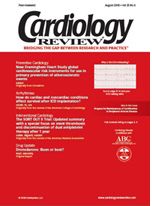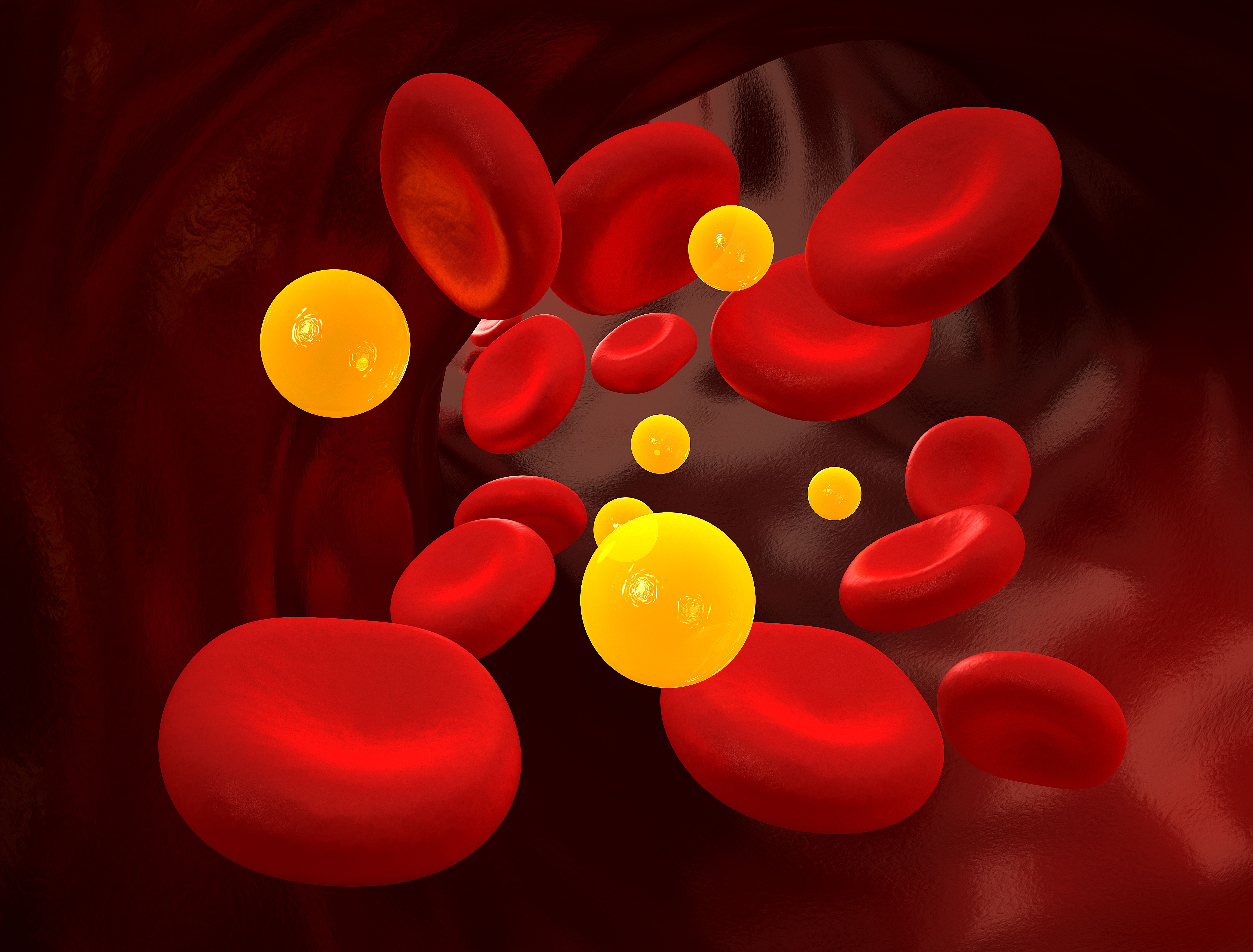Publication
Article
Skin cholesterol test identifies subclinical atherosclerosis
Atherosclerosis
Orlando—The amount of cholesterol in the skin can identify early-stage atherosclerosis, said James H. Stein, MD, at the American College of Cardiology Annual Scientific Session 2005. The test is ideal for office use because skin cholesterol is easy to measure, the test is noninvasive, and results are available quickly, allowing an almost immediate discussion of the patient’s risk.
The skin cholesterol test, which was approved in 2002, measures skin sterol levels, and the results correlate well with B-mode ultrasound measurements of carotid intima-media thickness, said Dr. Stein, associate professor of cardiovascular medicine, University of Wisconsin, Madison, and codirector of the preventive cardiology program at the Wisconsin Hospital and Clinics.
He assessed 81 consecutive patients without known vascular disease but with several risk factors who were referred for evaluation of carotid intima-media thickness. The mean age of the subjects was 55.6 years. Their mean skin total cholesterol was 95.9 units. When stratified into quartiles based on their skin cholesterol levels, those in the highest quartile had significantly greater carotid intima-media thickness than those in the lowest quartile of skin cholesterol (0.87 mm versus 0.76 mm; P = .011).
Skin cholesterol level remained significantly associated with carotid intima-media thickness even after adjusting for known cardiovascular risk factors and the Framingham risk score. The odds of increased carotid wall thickness were increased by 34% in patients in the highest versus the lowest quartile of skin cholesterol level after adjusting for cardiovascular risk predicted by the Framingham risk score. The relationship was independent of age, sex, blood glucose level, systolic blood pressure, blood lipid levels, and the use of lipid-modifying therapies.
Dr. Stein said that the skin cholesterol test provides results in 3 to 5 minutes, and that skin cholesterol levels may serve as a reliable indicator of cardiovascular disease, adding to in-office risk assessment. Fasting is not required with the test. The test involves placing a rectangular foam pad into the patient’s palm. The pad has three wells into which liquid is added. When one of the wells changes color to indicate sterol level, an electronic wand is passed over the pad and interprets the color change into a sterol level.
“There is considerable interest in noninvasive, simpler, and rapidly administered tests to better assess which patients are
at risk,” said Dr. Stein. “Given the strong association with increased carotid wall thickness, skin sterol testing may help to identify asymptomatic patients who could benefit from more intensive interventions. The next step is to perform a larger study to verify these results.”
In previous studies, skin cholesterol level was found to correlate with coronary atherosclerosis in patients who had undergone coronary angiography.






